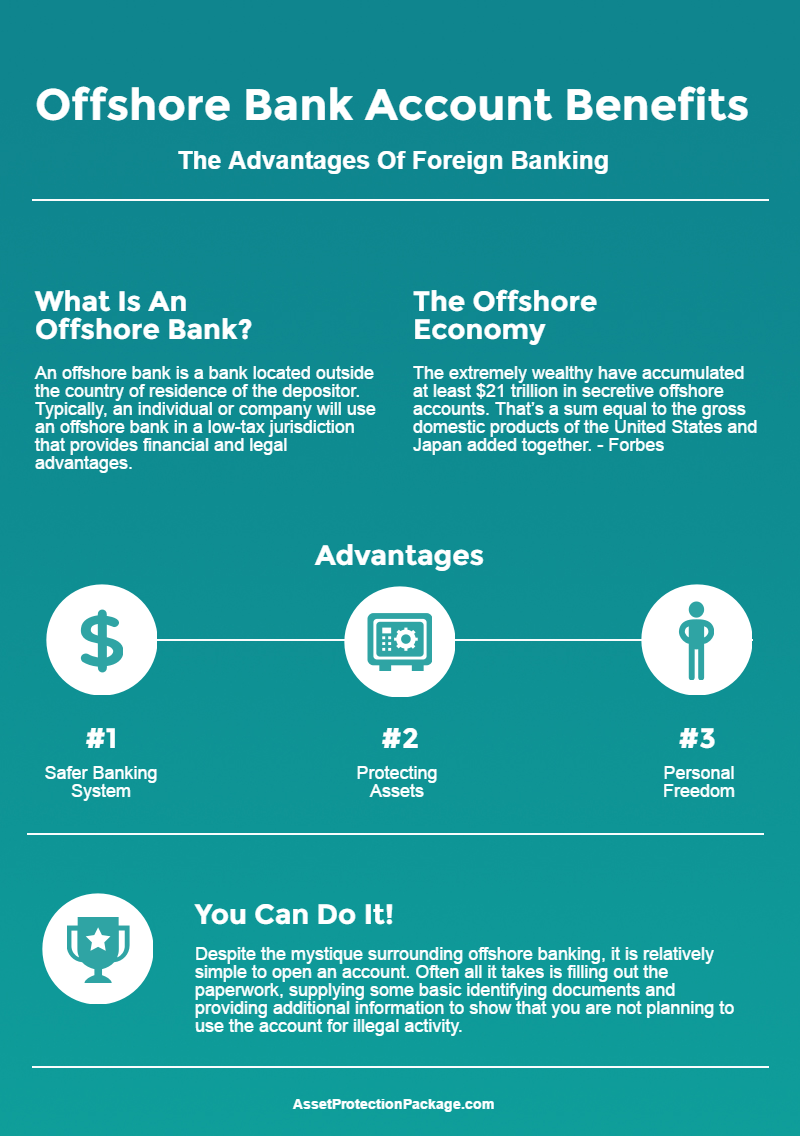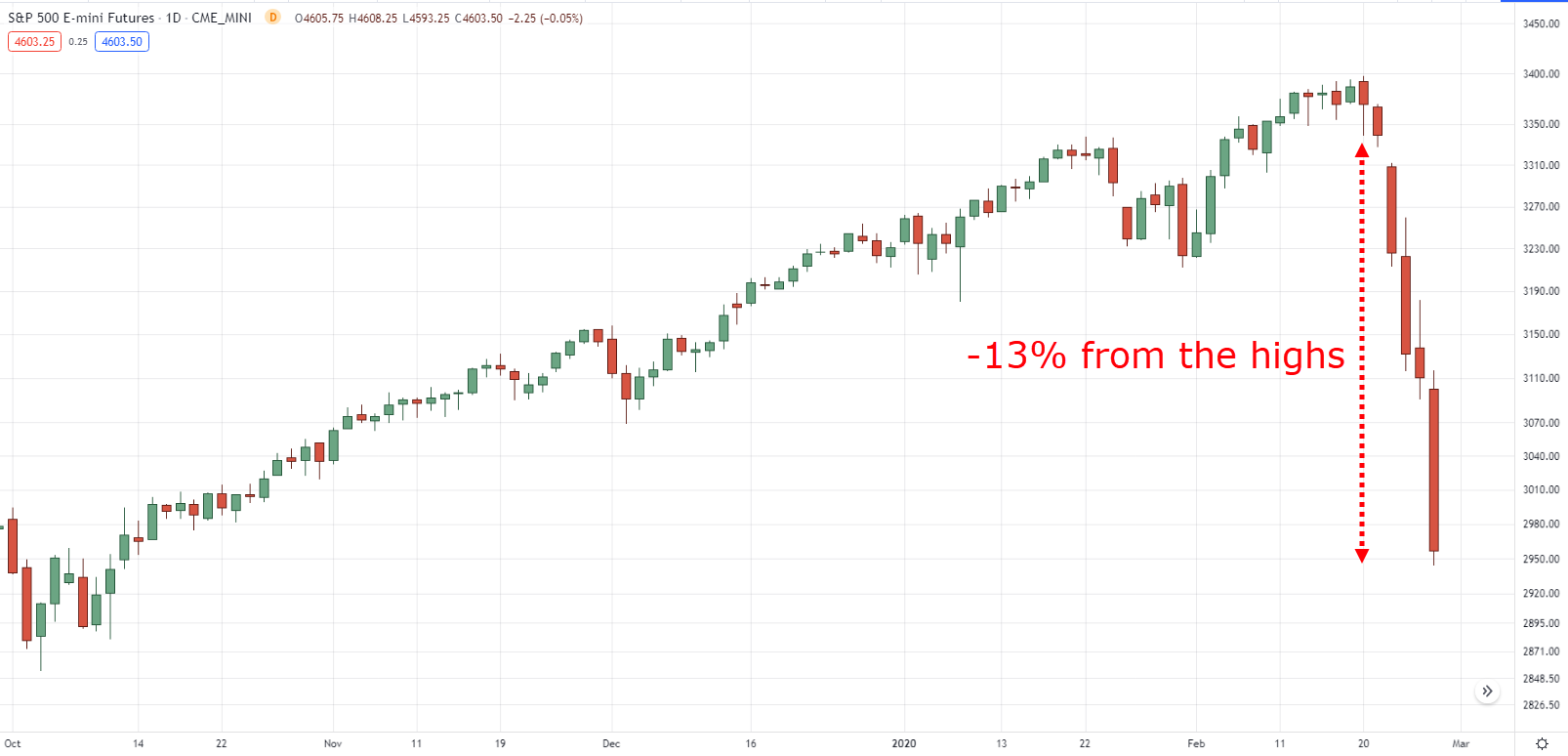
The stock market’s rise over the past century is the reason for the average return. This growth has been exponential if you look at stock charts from the past 100 years. The stock market has grown even faster in recent years. This has made it difficult to calculate the average stock return. For example, the annual market has returned close to 25% in the past year, while the 5- and 10-year average returns have been around 15% and 14%, respectively.
Investing In Stocks for Retirement
It is important to consider both the risks and the benefits of investing in stocks for retirement. You can minimize your risks and maximize your returns by diversifying your portfolio with stable firms. Also, investing early will allow your money compound.

Investing in stocks for a long-term return
Buy-and-hold strategies are a great way to guarantee a steady return on your investments over the long-term. This strategy utilizes dollar-cost Averaging. It allows you the flexibility to ride out market cycles without them being overwhelming and prevents panic selling during times of volatility. Keep your brokerage account open so you can add to your investment when the price drops.
Factors that impact the stock market's average return
There are many factors that influence stock returns. Some are related to market structure, while others are not. French and Fama's research might help to explain why certain stocks are more profitable than others. However, it is important to remember that not all factors are the same.
S&P 500 average annual return
The S&P 500 Index tracks 500 companies' performance. Since its inception on 1926, the index has experienced an average annual return 10.7%. This is before inflation. While investors are usually focused on price movements, dividends make up a substantial portion of investment returns. In its inception, the S&P 500 was composed of 90 companies. It was expanded to 500 companies in 1957. Add the price returns to the total return and reinvested dividends to calculate the index's overall return.
Historical averages
Historical average returns on stocks are often cited as an indication of stock market performance. Although they can fluctuate significantly in short time periods, the returns over the long term tend to stay within historical averages. The market was at its peak in 1995-1999 when technology stocks led it. But, prices crashed 75% after the 2000 peak, when they plummeted to their lowest level in 2002.

Investing in stocks for dividends
When you evaluate your portfolio, make sure to take into account both the total yield and dividend yield. The stock's value over the past year is multiplied by any dividends received. This is called the total return. For example, if you invest $2,000 in a stock that pays 2% annual dividends, your total return would be $620. That would give you a 12% return if your stock price rose by 10%. Annualized return (AR), is the best method to compare investment performance.
FAQ
How do I determine if I'm ready?
First, think about when you'd like to retire.
Are there any age goals you would like to achieve?
Or would you rather enjoy life until you drop?
Once you have set a goal date, it is time to determine how much money you will need to live comfortably.
Then, determine the income that you need for retirement.
Finally, you need to calculate how long you have before you run out of money.
How can you manage your risk?
You must be aware of the possible losses that can result from investing.
An example: A company could go bankrupt and plunge its stock market price.
Or, a country could experience economic collapse that causes its currency to drop in value.
You can lose your entire capital if you decide to invest in stocks
This is why stocks have greater risks than bonds.
A combination of stocks and bonds can help reduce risk.
Doing so increases your chances of making a profit from both assets.
Spreading your investments among different asset classes is another way of limiting risk.
Each class has its own set of risks and rewards.
Stocks are risky while bonds are safe.
So, if you are interested in building wealth through stocks, you might want to invest in growth companies.
Focusing on income-producing investments like bonds is a good idea if you're looking to save for retirement.
Should I buy individual stocks, or mutual funds?
Mutual funds are great ways to diversify your portfolio.
But they're not right for everyone.
You should avoid investing in these investments if you don’t want to lose money quickly.
Instead, choose individual stocks.
You have more control over your investments with individual stocks.
You can also find low-cost index funds online. These allow for you to track different market segments without paying large fees.
How long does it take to become financially independent?
It depends on many variables. Some people become financially independent immediately. Some people take many years to achieve this goal. No matter how long it takes, you can always say "I am financially free" at some point.
It's important to keep working towards this goal until you reach it.
Statistics
- An important note to remember is that a bond may only net you a 3% return on your money over multiple years. (ruleoneinvesting.com)
- Over time, the index has returned about 10 percent annually. (bankrate.com)
- Some traders typically risk 2-5% of their capital based on any particular trade. (investopedia.com)
- 0.25% management fee $0 $500 Free career counseling plus loan discounts with a qualifying deposit Up to 1 year of free management with a qualifying deposit Get a $50 customer bonus when you fund your first taxable Investment Account (nerdwallet.com)
External Links
How To
How to Properly Save Money To Retire Early
Retirement planning involves planning your finances in order to be able to live comfortably after the end of your working life. It's the process of planning how much money you want saved for retirement at age 65. It is also important to consider how much you will spend on retirement. This includes things like travel, hobbies, and health care costs.
You don't have to do everything yourself. A variety of financial professionals can help you decide which type of savings strategy is right for you. They will assess your goals and your current circumstances to help you determine the best savings strategy for you.
There are two main types - traditional and Roth. Roth plans can be set aside after-tax dollars. Traditional retirement plans are pre-tax. The choice depends on whether you prefer higher taxes now or lower taxes later.
Traditional Retirement Plans
A traditional IRA allows pretax income to be contributed to the plan. You can make contributions up to the age of 59 1/2 if your younger than 50. If you want your contributions to continue, you must withdraw funds. You can't contribute to the account after you reach 70 1/2.
If you have started saving already, you might qualify for a pension. These pensions can vary depending on your location. Many employers offer matching programs where employees contribute dollar for dollar. Some employers offer defined benefit plans, which guarantee a set amount of monthly payments.
Roth Retirement Plans
Roth IRAs allow you to pay taxes before depositing money. After reaching retirement age, you can withdraw your earnings tax-free. However, there may be some restrictions. You cannot withdraw funds for medical expenses.
A 401 (k) plan is another type of retirement program. Employers often offer these benefits through payroll deductions. Additional benefits, such as employer match programs, are common for employees.
401(k) Plans
401(k) plans are offered by most employers. They let you deposit money into a company account. Your employer will automatically contribute to a percentage of your paycheck.
Your money will increase over time and you can decide how it is distributed at retirement. Many people take all of their money at once. Others may spread their distributions over their life.
You can also open other savings accounts
Some companies offer other types of savings accounts. TD Ameritrade offers a ShareBuilder account. You can also invest in ETFs, mutual fund, stocks, and other assets with this account. Additionally, all balances can be credited with interest.
Ally Bank allows you to open a MySavings Account. You can deposit cash and checks as well as debit cards, credit cards and bank cards through this account. You can also transfer money to other accounts or withdraw money from an outside source.
What to do next
Once you are clear about which type of savings plan you prefer, it is time to start investing. Find a reliable investment firm first. Ask family and friends about their experiences with the firms they recommend. Check out reviews online to find out more about companies.
Next, decide how much to save. This involves determining your net wealth. Net worth refers to assets such as your house, investments, and retirement funds. Net worth also includes liabilities such as loans owed to lenders.
Once you know your net worth, divide it by 25. This is how much you must save each month to achieve your goal.
For example, if your total net worth is $100,000 and you want to retire when you're 65, you'll need to save $4,000 annually.